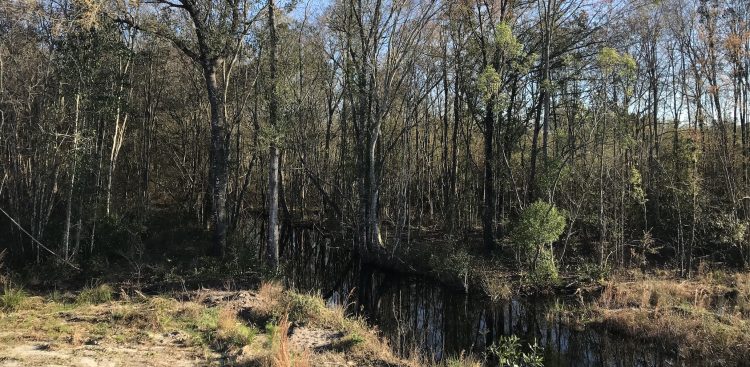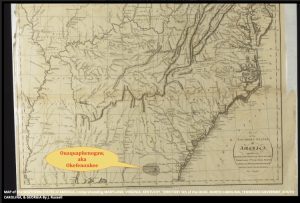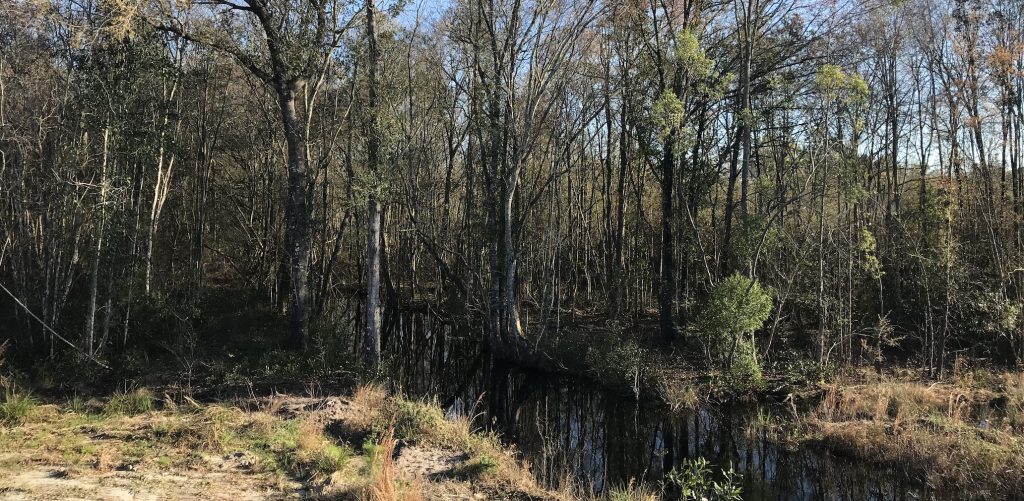Environment
Short Takes
Georgia’s new data center rule increases local controlDecember 1, 2025

By David Pendered
Aug. 23 –The federal government has dropped its efforts that had the potential to delay a proposed mine near the Okefenokee Swamp, according to a paper filed Monday in federal court in Waycross.
This leaves the State of Georgia as the sole arbiter of permits for the sand mine proposed by Twin Pines Minerals LLC. The state Environmental Protection Division announced in a statement issued late Tuesday that it “will resume reviewing the state permit applications for the proposed Demonstration Mine. In doing so, EPD will follow the multi-step process outlined in its Twin Pines Minerals, LLC Permitting Fact Sheet posted on February 8, 2021.” Until the settlement agreement was made public, state officials had deferred to the federal government on the environmental review of the site plans.
The state resumed its process after the Biden administration abandoned its ruling, announced in June. The U.S. Army Corps of Engineers had issued a ruling that compelled the Muskogee Creek nation to be part of the discussions about the proposed mine, according to the court filing.

The settlement approved by the Corps is a setback in the Biden administration’s environmental agenda. The U.S. Supreme Court issued a ruling in June that curbed the EPA’s ability to issue and enforce regulations intended to reduce emissions of greenhouse gases. Georgia joined in urging the court to reach that decision. The administration did win passage of the Inflation Reduction Act, which the White House says advances environmental justice.
Twin Pines filed a notice of voluntary dismissal Monday in U.S. District Court in Waycross, of the Southern District of Georgia. A judge had not yet filed a paper in response to the notice, as of Tuesday evening.
The notice said the company was dropping its lawsuit against the U.S. Army Corps of Engineers because the Corps had agreed to an out-of-court settlement with the company.
The notice states in full:
The Corps’ settlement agreement leaves Georgia’s Environmental Protection Division as the only entity in charge of the administrative fate of the proposed mine.

The state’s Environmental Protection Division is reviewing permits for the company to pump 1.44 million gallons of water a day for purposes including sanitary and mineral processing, according to the application. EPD also is reviewing a revised mining land use plan that contains new exhibits of water pond features on the site.
A primary concern of opponents of the proposed mine is its potential impact on the waters of the Okefenokee Swamp and the Floridan Aquifer, a massive underground water system that spans several southern states.
Water issues are a central topic addressed in the revised documents submitted by Twin Pines and, according to the transmittal letter, include, verbatim:
Twin Pines had filed a lawsuit June 22 in the Waycross court. The company contends the Corps had no authority to compel it to include the Muskogee nation in discussions over the permit application.
The lawsuit argued that Mike Conner, an assistant secretary of the army in charge of civil works, had no authority to issue a ruling on June 3 that rested on a memorandum from President Biden’s administration titled “Tribal Consultation and Strengthening Nation-to-Nation Relationships,” which prescribes “robust consultation with Tribal officials in the development of Federal policies.”
Twin Pines intends to develop a mine to extract sand that contains titanium, an industrial material. The plan is to strip off topsoil, extract sand, and fill in holes in a proposed 577.4-acre site near the southeastern border of the Okefenokee Swamp.
The Muskogee Creek nation has a presence in the swamp that was recorded in a 1791 travelogue account by William Bartram, a Quaker natural scientist, in his expansive memoir that chronicles his four-year journey through the Southeast, The Travels of William Bartram. According to Bartram’s account, the Okefenokee Swamp is described as a sort of Shangra-La, an inaccessible place of rich resources, beautiful women and fierce warriors.

0